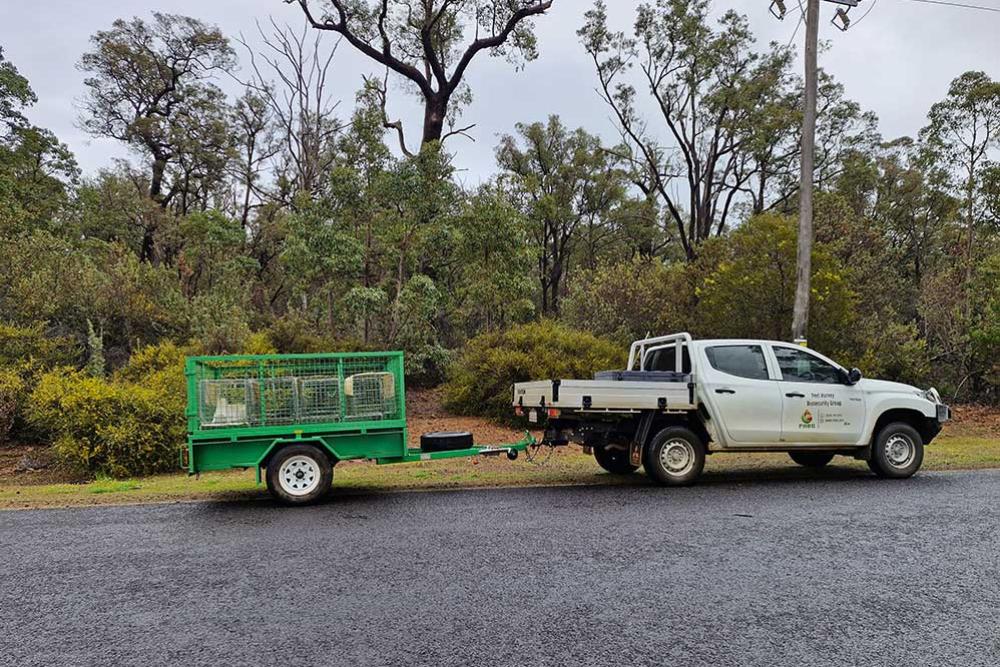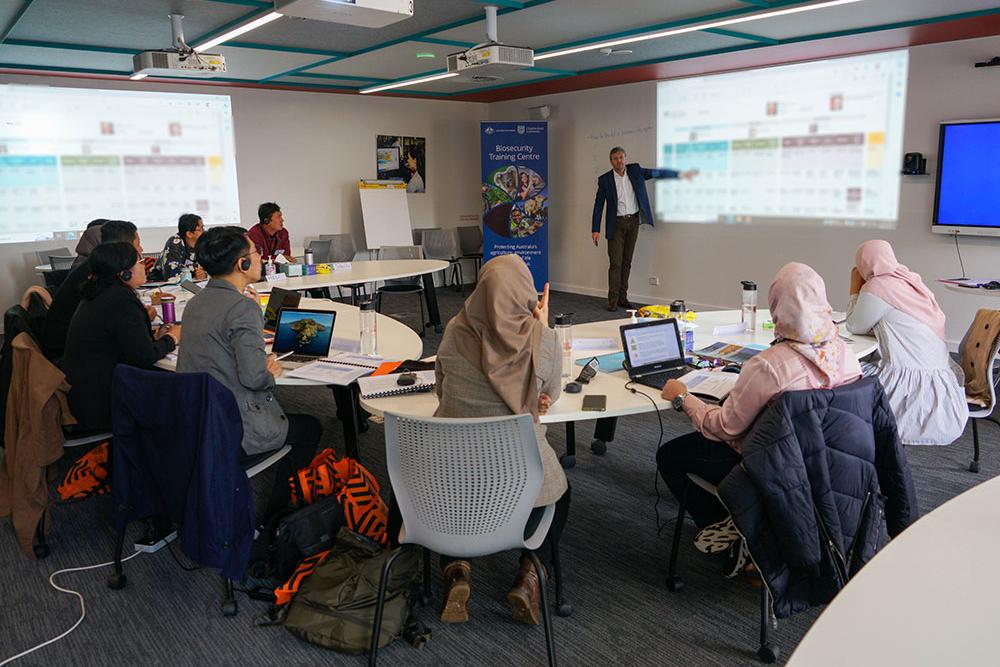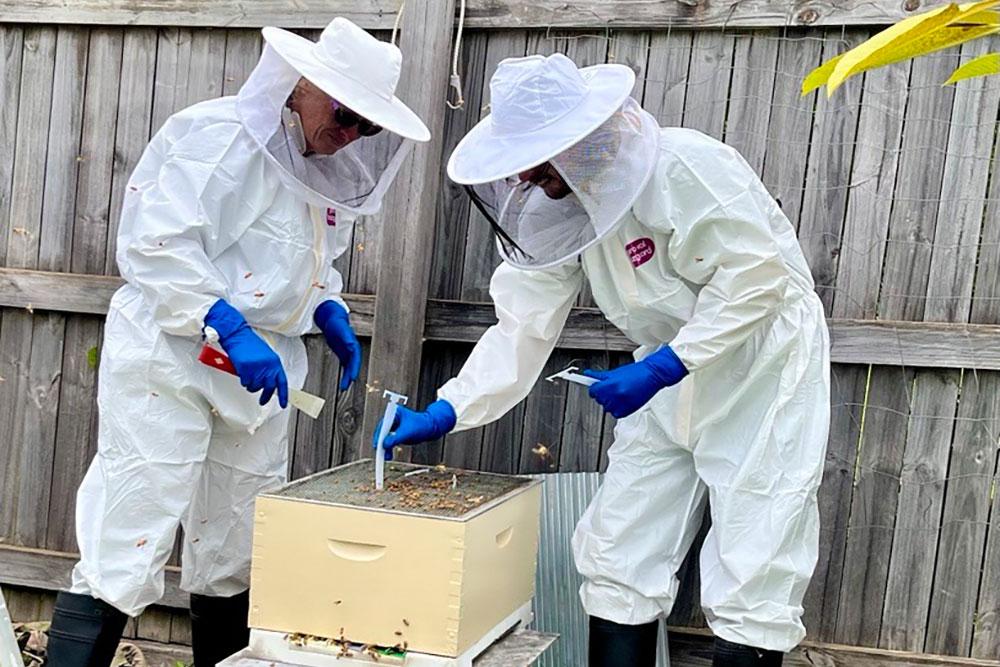As we mark the 10-year anniversary of the Post Entry Quarantine (PEQ) facility this year, it's a perfect time to reflect on the incredible journey and achievements of this essential institution. For the past decade, the PEQ has played a pivotal role in safeguarding Australia's biosecurity as the first point of entry, while welcoming a diverse array of animals and plants from around the world.
Established in 2015 with a $379.9 million investment from the Commonwealth Government, this state-of-the-art facility in Mickleham, Melbourne, has been the fortress that has protected Australia’s biosecurity.
It has played a critical role in keeping Australia safe from exotic pests and disease that could threaten our human, plant, and animal health as well as our way of life.
A glimpse into the PEQ
The last 10 years have been about innovation, partnership and commitment to excellence.
Over the past decade, PEQ has processed over 152,000 animals and 250,000 plants – each one carefully monitored and cared for by our dedicated teams.
The PEQ has been home to a variety of animals, including dogs, cats, horses, birds, and even plants. One of the most notable residents was Virgil, Shane Rose's Olympic horse, who has graced the facility twice - most recently after the Paris 2024 Olympics.
Virgil's presence highlights the facility's importance in ensuring the health and safety of animals returning from international competitions.
Furry friends
Cats and Dogs are an important member of Australian families, which has been seen through increased arrivals through PEQ. In 2024 alone, the PEQ facility went through an astounding 16,722 kg of dry dog food and 9,656 kg of kitty litter.
The most common dog breed imported over the past year was the poodle, followed by the Labrador and the Cocker Spaniel. Interestingly, the poodle category includes various crossbreeds such as Cavoodles, Goldendoodles, and Labradoodles.
Dogs have consistently outnumbered cats in terms of imports. In the past 12 months, the facility welcomed 4,806 dogs and 2,345 cats. This trend underscores the popularity of dogs as pets and their significant presence at the PEQ facility.
Unconventional guests
The PEQ facility has seen its fair share of unique and unconventional animals. While all animals coming into Australia require an import permit, there was once an enquiry about housing penguins at the facility. Although the penguins never arrived, the facility has hosted rare species such as Fancy Pigeons, Xoloitzcuintli dogs, Lykoi cats, Gypsy Cobs horses, Miniature Donkeys, and even a Jaya Sri Maha Bodhi Sapling cutting, a religiously significant plant.
Protecting our way of life
A strong and modern biosecurity system is vital to our nation’s success. It underpins our economy by keeping trade flowing and maintaining our global reputation for clean, safe and high-quality products. It protects the food we eat, the environment we cherish, our health and the jobs and communities that depend on our agriculture and environment.
This success is only possible through continued investment, the dedication of our people and use of smart systems and technology. Regular importers continued compliance with biosecurity requirements will ensure the PEQ remains at the forefront of managing biosecurity risks.
As we celebrate this milestone, we acknowledge the hard work and dedication of the PEQ staff, some of who have been with the facility since its inception. Their stories and experiences are a testament to the vital role the PEQ plays in protecting Australia's biosecurity and ensuring the wellbeing of its diverse residents.
Our strong biosecurity system does not just protect our borders – it safeguards our future.
Looking ahead
The PEQ is developing a Strategy for the management of the post entry quarantine at facility which is set to shape the next decade by ensuring financial stability, investing in our people and modernising our digital systems. This approach will strengthen the assurance the department provides to stakeholders and the Australian community.
Here's to another decade of excellence at the Post Entry Quarantine facility!



